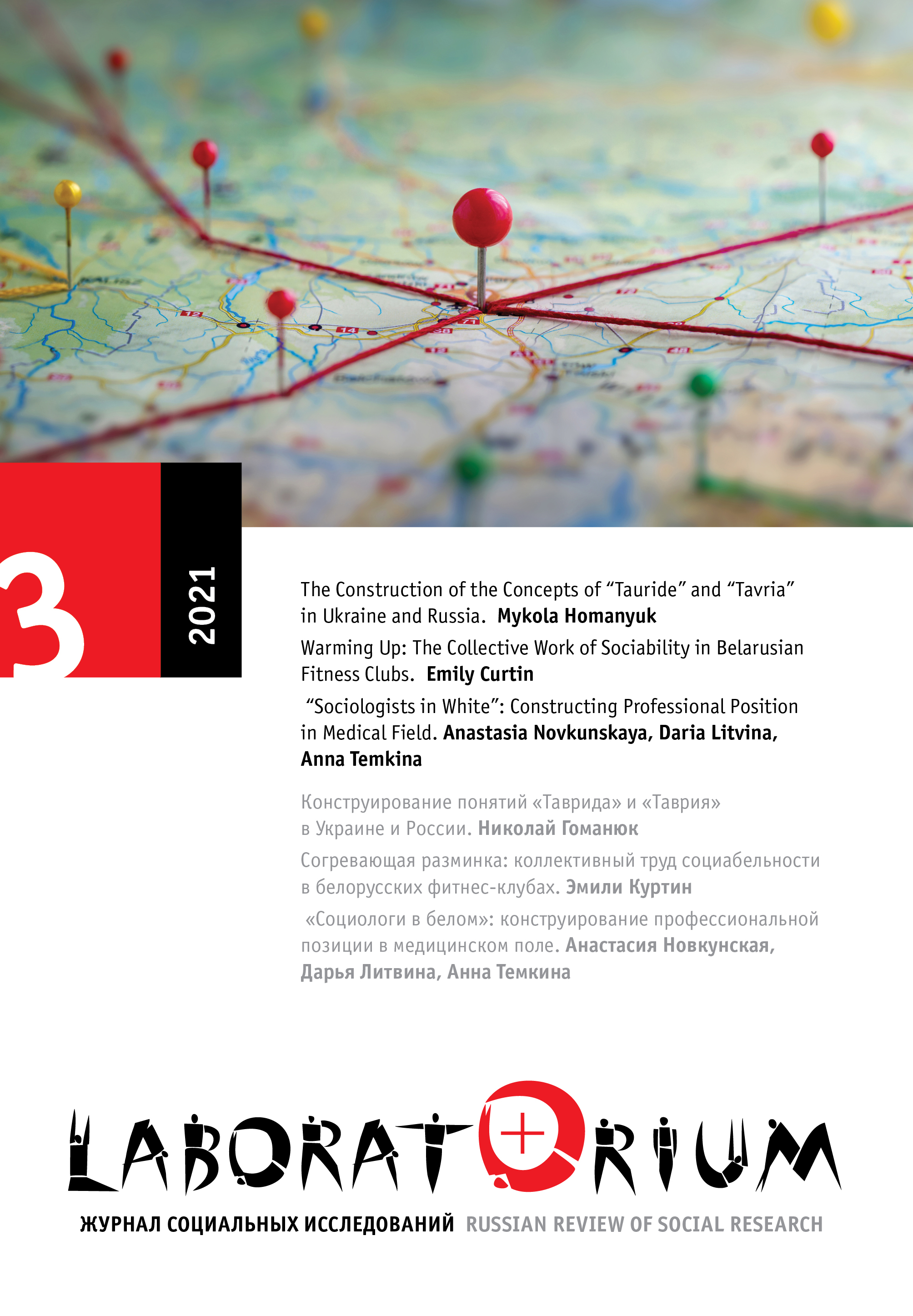Warming Up: The Collective Work of Sociability in Belarusian Fitness Clubs
Main Article Content
Abstract
Why do Minsk residents ignore their neighbors while waiting for the elevator but chat with strangers in the gym locker room? What makes the affective environment of the fitness club so different from those found in public and quasi-public spaces, like residential buildings, grocery stores, and bureaucratic offices? In this article, which is based on 17 months of ethnographic research, I analyze the effects of Belarus’s burgeoning consumer culture on social relations in the capital. After exploring some historical origins of Belarus’s unfriendly service culture, I trace a (partial) shift in the buyer-seller dynamic away from the Soviet principle of “the customer is always wrong” towards a more customer-centric orientation. Drawing from my observations and interviews in training gyms, CrossFit boxes, capoeira classes, aerobics clubs, and yoga studios, I argue that the positively charged affective environments of gyms and fitness studios are created with framing devices (such as club décor and rituals) which serve to bracket off the space from everyday life and permit people to temporarily assume more open and outgoing personas. The emotional labor performed by club administrators, instructors, and clients themselves also helps to create the warm and welcoming environments that are critical both for business and for allowing clients to establish connections and friendships with other club members. The article concludes with a discussion of the solidarity that emerged following the contested August 2020 presidential election. While it appeared to many that this newly discovered national unity and goodwill appeared “overnight,” I suggest that instead we have witnessed the culture of friendliness found in fitness clubs and other new consumer spaces spilling over into public life.
Article in English
Keywords
Minsk, Consumer Culture, Fitness Clubs, Emotional Labor, Public Etiquette, Protests, Belarus
Abstract 496 | PDF Downloads 314


